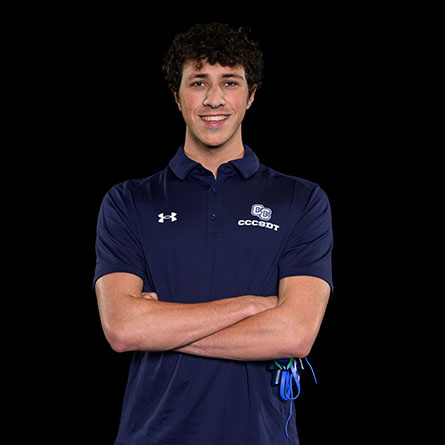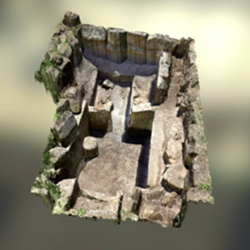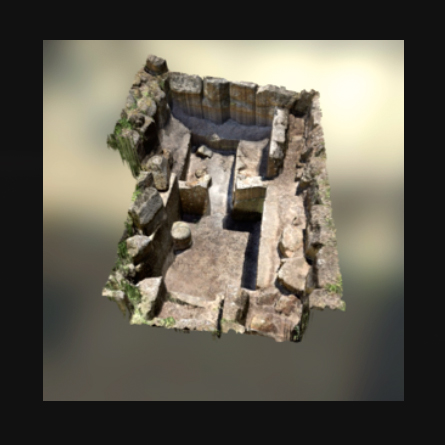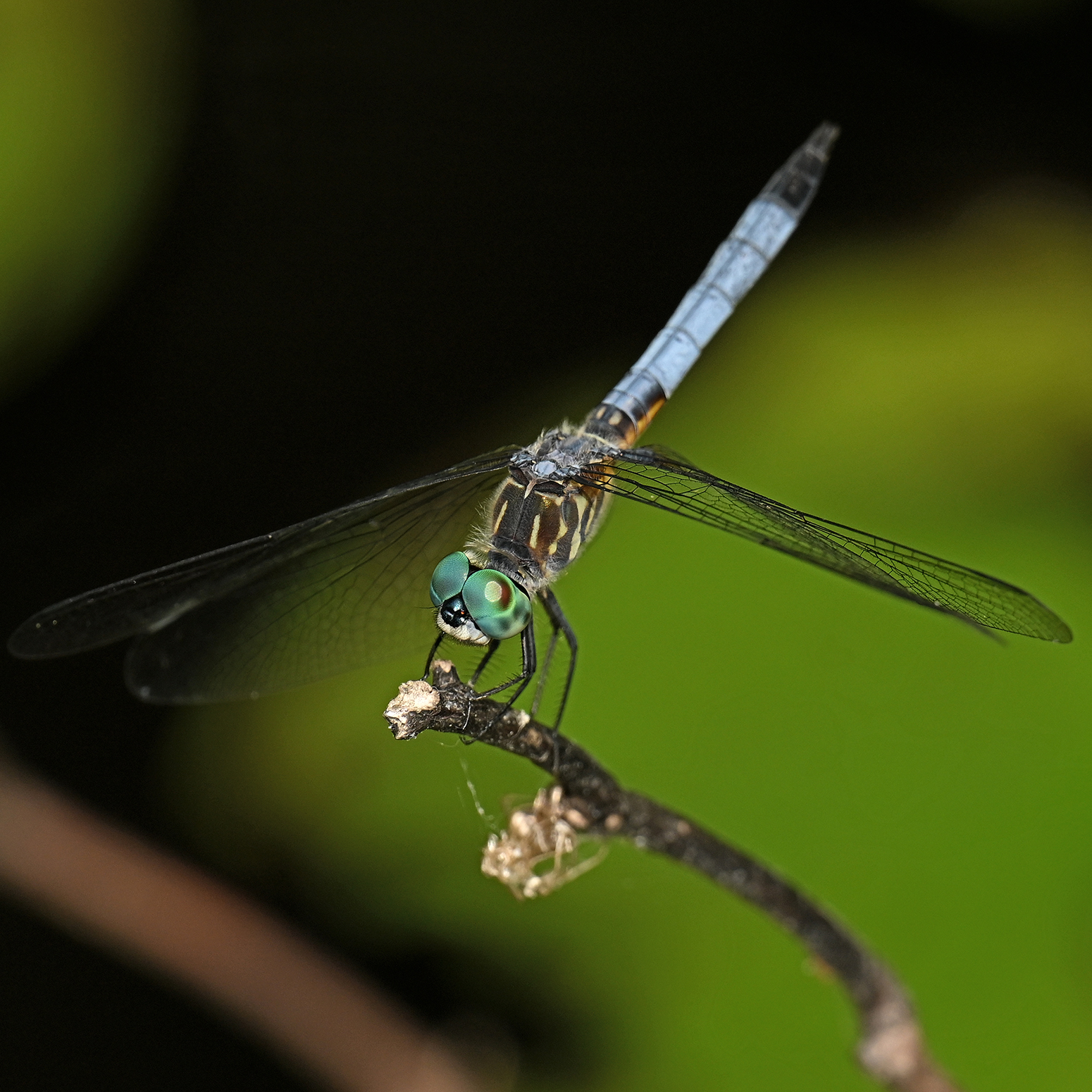
Latin + Physics + Physical Labor = Archaeology

Napolitano, who’s currently pursuing her doctorate in civil and environmental engineering at Princeton, digitally reconstructs ancient archaeological sites by stitching together a comprehensive picture through a combination of photographs, ancient Roman writing and information gleaned from archaeological studies that take laser scans of sites and identify construction materials. She and her colleagues then synthesize all of those puzzle pieces to create 3D virtual reality models that depict what specific structures would have looked like more than 2,000 years ago.
“What’s great about this technology is that it allows people to experience these spaces from a different, immersive perspective,” Napolitano says. “Without flying to Italy, you can virtually step into a 3D model of the Roman Forum as it stands today, or into its digitally reconstructed ancient form.”
For her Ph.D. project, Napolitano is working with a diverse group of undergraduate and graduate students to design computer software that will make digitally reconstructed sites far more accessible. The web-based project will make models from remote sites available for free to a global audience, and will encourage archeologists, historians and others to contribute their information and own 3D models. Her team consists of students pursuing degrees in art, computer science, digital humanities, civil engineering and physics, all of whom are contributing their respective talents to enhance Napolitano’s software.
At Conn, Napolitano double-majored in Latin and physics, which she initially feared might limit her career options. But during her junior year, when she discovered that Conn offers the rare flexibility of crafting customized summer internships, Napolitano started thinking about how she could combine her passion for both her majors and also spend her summer getting some fresh air.
“I was on the field hockey team, so I wanted an internship that would allow me to stay in shape and not have me behind a desk,” Napolitano says. “Add Latin, physics and physical labor together, and you get archaeology.”
For her summer internship, Napolitano traveled to Italy to work on an archeological site, and she realized that archaeology perfectly balanced her combination of skills and interests, a realization she says might not have happened if Conn didn’t allow double majors, especially in such wildly different subjects as Latin and physics.
“Conn encourages you to be a lifelong, curious learner. I picked up computer science at Princeton,” Napolitano adds, “so that I can use virtual reality to create a time machine of sorts.”
This summer she’s collaborating with another student researcher from Conn, who she says is her favorite partner ever—her sister Jessica Napolitano ’17.
“I’ve loved my work leading an interdisciplinary research team,” she says. “I’ve fantasized about working at places such as Google’s Arts and Culture division or perhaps as a part of a research team at the Smithsonian.”
Four years to your career. Learn more
May 11, 2017

